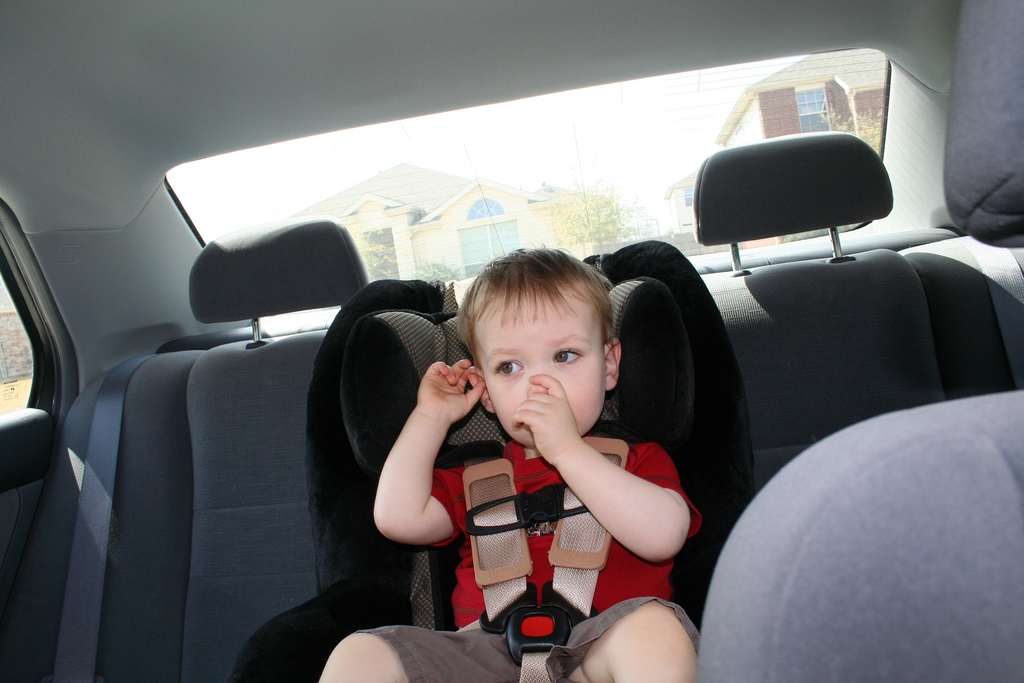Proper Child Car Safety for Any Age
Any parent who travels with his or her child in a car knows how important safety is. Newborns to children around the age of 5 or 6 will need to use a car seat when traveling in a vehicle in order for them to be kept safe in the event of an accident. This being said, kids will generally use a number of different car seats throughout their young life depending on age, height and weight. Because of this, it is important to know what type of car seat is safest for your child as they move through different stages in life.
Infant Car Seats
It is common knowledge that infants who are transported by car need to be restrained in a car set. Rear-facing infant seats are the best option for children at this stage in life. These types of car seats are distinguished by a base that remains in the vehicle that the actual seat will be secured into. Rear-facing car seats are the best fit for infant children and also have the added advantage of being able to transport the baby using the detached seat, helping to eliminate strapping them in the seat every time.
Convertible Car Seats
Once a child has outgrown his or her infant seat, it is time to move to the convertible car seat. Convertible car seats can be either rear or front facing, although rear-facing seats are recommended for children under the age of 2 years. These seats generally have a weight limit recommendation of between 35 and 45 pounds, but some offer higher limits such as 65 pounds. If you opt for a higher weight limit seat, it is possible for the child to use the same seat past his or her second birthday and remain safe.
High Back Booster Car Seats
The third and final car seat stage is the high back booster seat. When your child has reached the height and weight maximums for harnessed car seats, it may be time to move him or her to the seatbelt positioned booster seat. These seats raise the child up to the appropriate level in the car so the seatbelt will rest properly across his or her chest and lap instead of the neck and stomach. These seats also provide side impact protection which is why they are recommended over the traditional booster seat style.
Car seats provide additional protection for young children while they are being transported in a vehicle. Making sure to use the proper car seat for the child’s specific development milestones, height and weight is vitally important to making sure the safety devices respond properly in an accident situation. If you are unsure of what child car seat should be used, you can always consult with a physician or emergency personnel to make sure the right restraints are being used for optimum safety.
Want to read more safe driving tips from Training Wheels? Just click here!
*Photo Courtesy of Jon Mick via Creative Commons License

